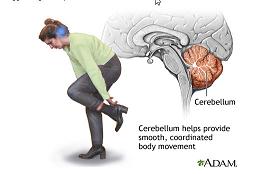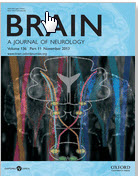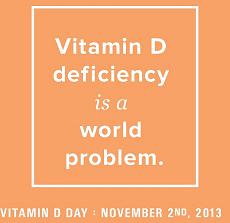 Athlete’s foot is one of the most common skin infections around, and usually attacks your feet in the dark, damp areas between your toes. Fungus, of course, love moist environments of all kinds, including showers, swimming pools and locker rooms, the latter being why this infection got the name “athlete’s foot.”
Athlete’s foot is one of the most common skin infections around, and usually attacks your feet in the dark, damp areas between your toes. Fungus, of course, love moist environments of all kinds, including showers, swimming pools and locker rooms, the latter being why this infection got the name “athlete’s foot.”
Top Symptoms of Athlete’s Foot
If you have one or several of the symptoms below, you could have athlete’s foot:
- Itching, stinging or burning between your toes or on the soles of your feet
- Itchy blisters


 Two million Americans, living in close to 600 U.S. neighborhoods, are exposed to air pollution at levels that increase their risk of cancer significantly, a new report from the U.S. Environmental Protection Agency (EPA) has found.
Two million Americans, living in close to 600 U.S. neighborhoods, are exposed to air pollution at levels that increase their risk of cancer significantly, a new report from the U.S. Environmental Protection Agency (EPA) has found. Remember the Tin Man in the Wizard of Oz? His body hadn’t been used in so long that he was stiff, inflexible and barely capable of moving … that is, until Dorothy fixed him up with a few squirts of oil.
Remember the Tin Man in the Wizard of Oz? His body hadn’t been used in so long that he was stiff, inflexible and barely capable of moving … that is, until Dorothy fixed him up with a few squirts of oil. More than 42 percent of Americans experience dizziness or vertigo during their lifetimes. Many suffer in silence, assuming there is nothing that can be done for the disarming feeling of spinning or falling off balance.
More than 42 percent of Americans experience dizziness or vertigo during their lifetimes. Many suffer in silence, assuming there is nothing that can be done for the disarming feeling of spinning or falling off balance.


_aspx-width-167-height-250.jpg)




